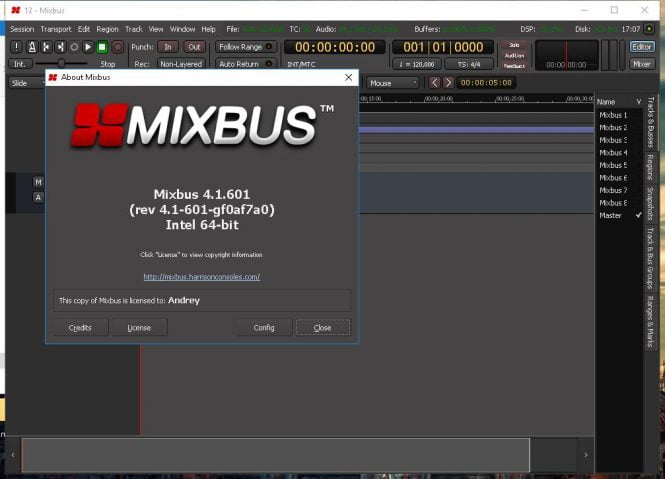
In fact, once I got my head around it, it became the go to plug-in for most of the cutting EQ I used on this record. The “Q” of the 32C (the width of the filter) “auto-adjusts,” which though it’s not thoroughly explained in the documentation, it does seem to work. Blk Jks have a dub-ish quality to some of the bass parts and maintaining this element was important. harmonic distortion can do wonders too tighten up a bass track, but care must be taken not to lose too much of the sub. The goal was to get away from too-clean a bass tone, keeping it interesting but focused, without losing the real low end. I was able to very efficiently cut the mud out of the low mids, on just about every bass track on this record using the Harrison 32C. I just couldn’t get what I wanted with the Neve options, and I was looking for something with character, ruling out the Cambridge EQ (which I also tried for this application.) Enter the Harrison 32C. The bass was recorded with a DI and one or two amp cabinets, which I bussed together.

My first use for the Harrison was on the Blk Jks bass tracks where I was trying to get as much definition by controlling the low mids. The 32C helped chart the course between clarity and sterility. It was a subtle navigation between keeping the production alive and atmospheric while maintaining the punch of their rhythm section. The Harrison was a great tool allowing me to cut through the murk while emphasizing the character of the sounds that producer Brandon Curtis had worked hard to create. Geoff Sanoff mixed Blk Jks record, After Robots, out Septemon Secretly Canadian Records.īlk Jks music is very dense, ranging from Afro-beat funk jams to metal riffage and even some psychedelic and goth-y elements. So in that context, the Harrison - which is not a channel strip but is certainly “classic” - suddenly makes more sense.īut that still doesn’t answer the two key questions: How does it sound? And, is it worth the $250? But within the UAD family, the only parametric EQs are the UA4k Strip, the Neve 88R Channel Strip and the Cambridge EQ.
Harrison mixbus 4 review pro#
Now, you can do this on many other EQs, not the least of which is the Digirack EQ3 that comes with Pro Tools. Each of the Harrison’s 4 frequency ranges: lo, low mid, high mid, and high, as well as its high and low pass filters, have variable frequency knobs so you can dial in the spot you’re looking for. What I noticed first about the Harrison is that it’s fully parametric, which makes it unique in the UAD lineup of classic EQs (with the exception of the 2 channel strips, I suppose).

And there are so many other EQs out there in the world at large to choose from that I had to wonder: what makes the Harrison worthy of UA’s expertise and effort?
Harrison mixbus 4 review series#
Then there’s the UAD Neve 88R channel strip and alongside the Harrison EQ, UA has also released the UAD 4k channel strip modeled after the SSL E/G series EQ and compressor. Additionally, their Cambridge EQ is a very solid, clean sounding digital equalizer. UA has modeled several classic-sounding EQs including the Neve 10s, the Helios EQ and the Pultec EQP-1 and MEQs. Do I really want (or need) another EQ plug-in, specifically one modeled after this console I really haven’t heard much about?” But I thought to myself, “Michael Jackson, Quincy Jones and Bruce Swedien are going to make a great sounding record no matter what board they use. Don’t get me wrong, Bruce Swedien is a legend, and Thriller is a classic record.


 0 kommentar(er)
0 kommentar(er)
